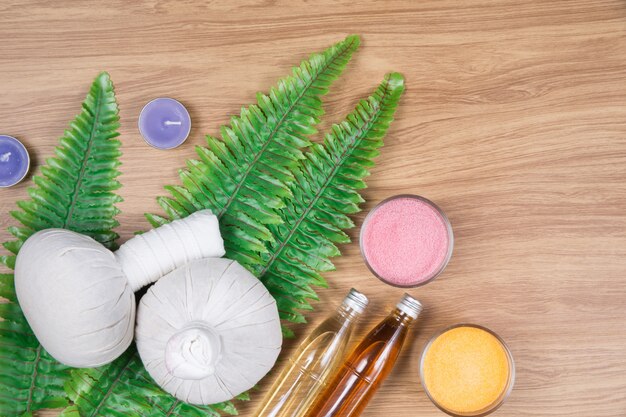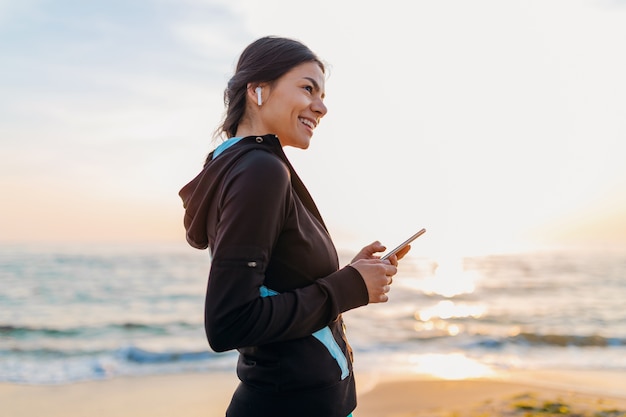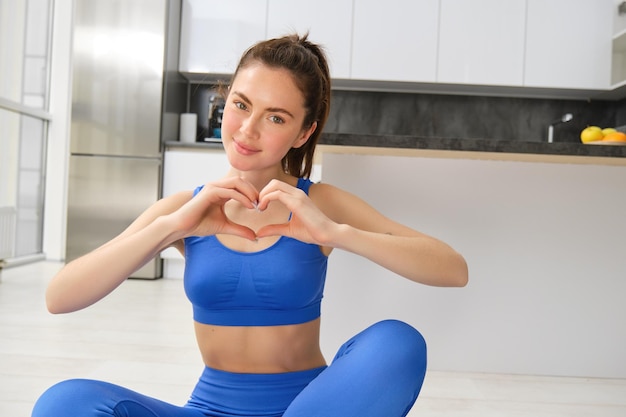
Aromatherapy and essential oils are making a comeback as a natural way to improve health. Here’s a quick look at their history, quality, and uses.
Essential oils aren’t actually oils but are highly concentrated plant extracts. They come from flowers, leaves, seeds, stems, roots, or bark and have therapeutic benefits for the mind, body, spirit, and emotions. These extracts give plants their unique fragrances, help with pollination, and act as repellents to support plant growth.
Many people view essential oils as valuable natural gifts that have been used for thousands of years in cooking, beauty care, and wellness. If we could explore ancient Egyptian medicine cabinets from 4,500 B.C., we’d find aromatics like myrrh, cinnamon, and frankincense used for healing and spiritual rituals.
Ancient Egyptians used essential oils for religious ceremonies, healing, and embalming, and Hippocrates, the Greek physician, used them to enhance massages and believed in the body’s natural healing abilities. In ancient China and India, essential oils played significant roles in Ayurveda and traditional Chinese medicine. They’re also mentioned in Christian and Jewish texts as holy healing oils.
Avicenna, a Persian philosopher and scientist, perfected the distillation process for extracting oils, and from ancient Greece through the Renaissance, essential oils remained highly valued. Research indicates that ancient civilizations understood the medicinal properties of these oils. However, as new medical methods emerged, their use waned.
In the United States, Dr. Benjamin Rush and Benjamin Franklin had differing views on medicine. While Franklin supported natural healing, Rush believed physicians should control the healing process. This debate influenced the early medical system in the U.S. By the late 18th century, herbal medicines were common, but over time, they were replaced by pharmaceuticals, although many modern medicines are derived from herbs.
During World Wars I and II, the antibacterial and healing properties of essential oils were rediscovered, especially when antibiotics were scarce. Nowadays, over 270 types of essential oils are known for their therapeutic effects. Both Eastern and Western practitioners acknowledge their benefits, and more people today are exploring essential oils for their holistic health advantages.
Aromatherapy involves diffusing pure plant essences. Some researchers believe our sense of smell influences how these oils aid in healing by stimulating brain areas that affect our health. In France and Western Europe, aromatherapy is commonly used for its antiseptic and antimicrobial properties. It’s gaining popularity in the U.S. as an alternative or complementary treatment in various settings, including homes, spas, and hospitals.
The price and quality of essential oils vary significantly. High-quality oils come from fresh botanicals and careful extraction processes, making them much more potent than the original plants. For instance, it takes about 12,000 rose blossoms to produce just 5 ml of pure rose oil. Genuine oils are 100% pure and not diluted with additives.
Essential oils can be applied topically or inhaled using a diffuser. When applied to the skin, they should be diluted with carrier oils like coconut or sweet almond oil. Popular application spots include the wrists, behind the ears, and temples. Inhalation allows the oil molecules to enter the bloodstream via the lungs. For a soothing experience, some people add essential oils to bathwater with Epsom salts.
Because essential oils are potent, they should be used sparingly. Not all oils are safe for consumption, so it’s best to use them internally only under the guidance of a healthcare professional.



